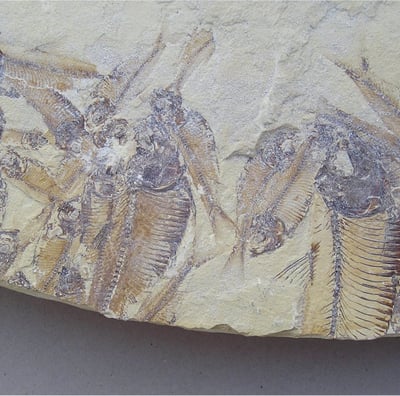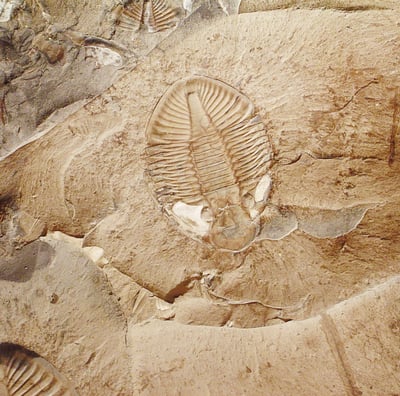
Fossils Uncovered
Explore the fascinating world of fossils and fossilization through images and interactive experiences.
Fossil Gallery
Explore stunning images and interactive content about fossils and fossilization.












Fossils...


Fossil Gallery
Discover stunning images and interactive fossil exhibits here.


Fossils are the preserved remains of ancient organisms, which provide important information on the evolution of life on Earth. The process of fossilization is complex and involves multiple preservation techniques, each resulting in different types of fossils. Here is a thorough overview of the types of fossils, and their preservation methods.
Types of Fossils:
Body Fossils: These are the actual remains of the organism, which consists of hard parts like shells, teeth, and bones. Bones from dinosaur would be a great example.
Trace Fossils: These are not the actual remains bit rather just the signs of them, such as footprints, burrows, or coprolites.
Fossilized Soft Tissues: Under exceptional conditions, soft tissues can be preserved as well, such as in amber or tar pits.
Preservation Methods:
Fossils can be preserved through several methods as listed below:
Permineralization: Minerals fill up the pores of tissues like bones or wood, crystallize it, and preserve the structure. This is common for preserving the hard parts.
Molds and Casts: When an organism leaves its mark in a sediment, it will create a mold. If that mold fills up with minerals, it will form a cast.
Amber Preservation: Insects are more prone to be trapped in tree resin that will change and harden into amber later on. This method can preserve the structures in a very good detail.
Freezing: In extremely cold conditions, organisms can be preserved in ice, and will maintain their physical form.
The fossil record also contains its own biases, which makes it incomplete or even inaccurate to represent the Earth's biological history. Because species in deserts and mountains are less likely to be preserved, environmental bias arises from the fact that fossils are more likely to form in specific habitats, such as aquatic or low-energy settings. Some geological periods, such as the Mesozoic, have a richer fossil record than previous ones where life was simpler and more difficult to fossilize, due to temporal bias. Furthermore, taxonomic bias favors creatures with hard features, such shells or bones, which causes these species to be overrepresented while soft-bodied organisms continue to be underrepresented. Unequal study focus leads to collection bias, with fossils in relatively accessible sites receiving more attention than those in inaccessible regions. Lastly, preservation bias guarantees that only specific creatures have a higher chance of long-term preservation, especially those that can resist geological processes. These elements add to an imperfect and distorted record of the ancient life on Earth.
References:
Fossils. British Geological Survey. (2021, August 20). https://www.bgs.ac.uk/discovering-geology/fossils-and-geological-time/fossils/#:~:text=What%20is%20a%20fossil%3F,than%2010%20000%20years%20old.
Nelson, A. (2022, October 1). Biases of the fossil record. ScIU. https://blogs.iu.edu/sciu/2022/10/01/biases-of-the-fossil-record/
Fossil pictures by Unsplash and Freeimages:
